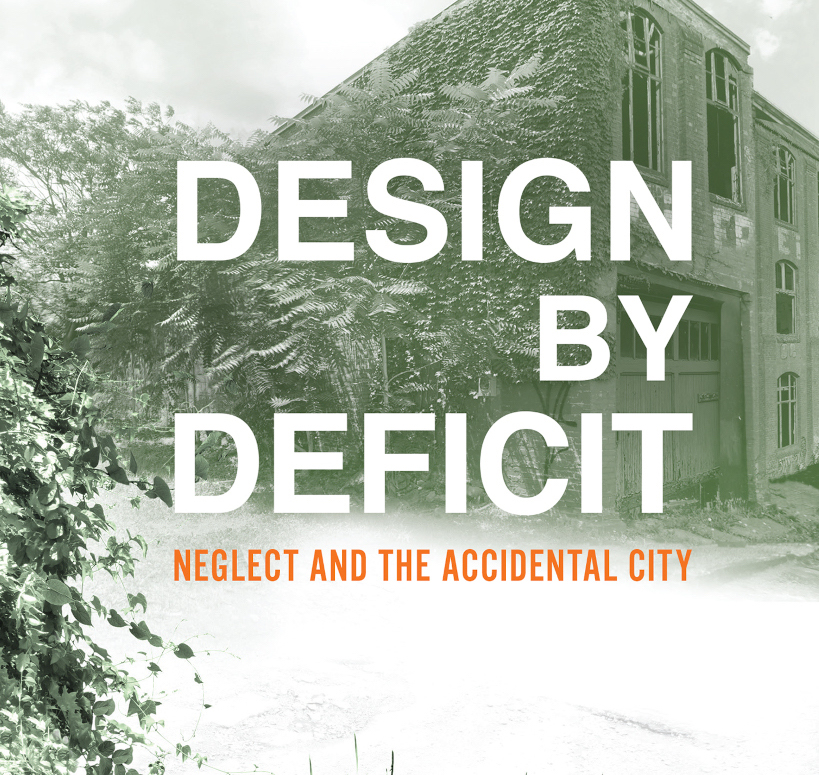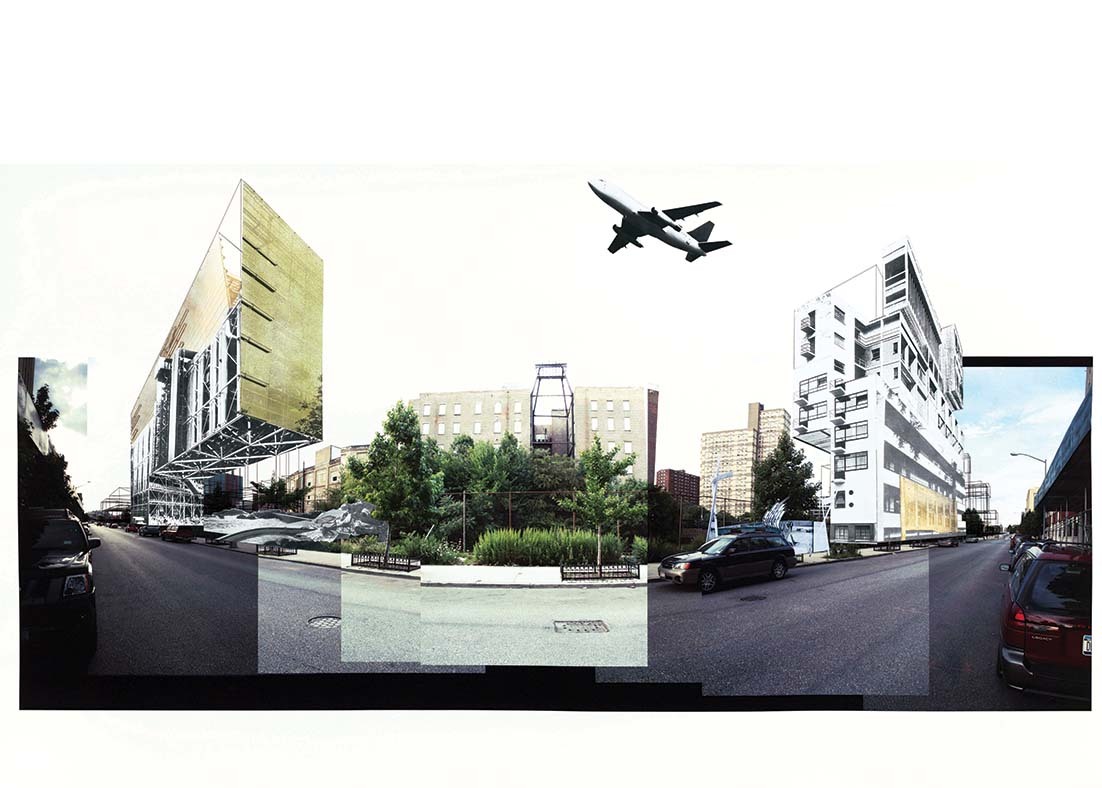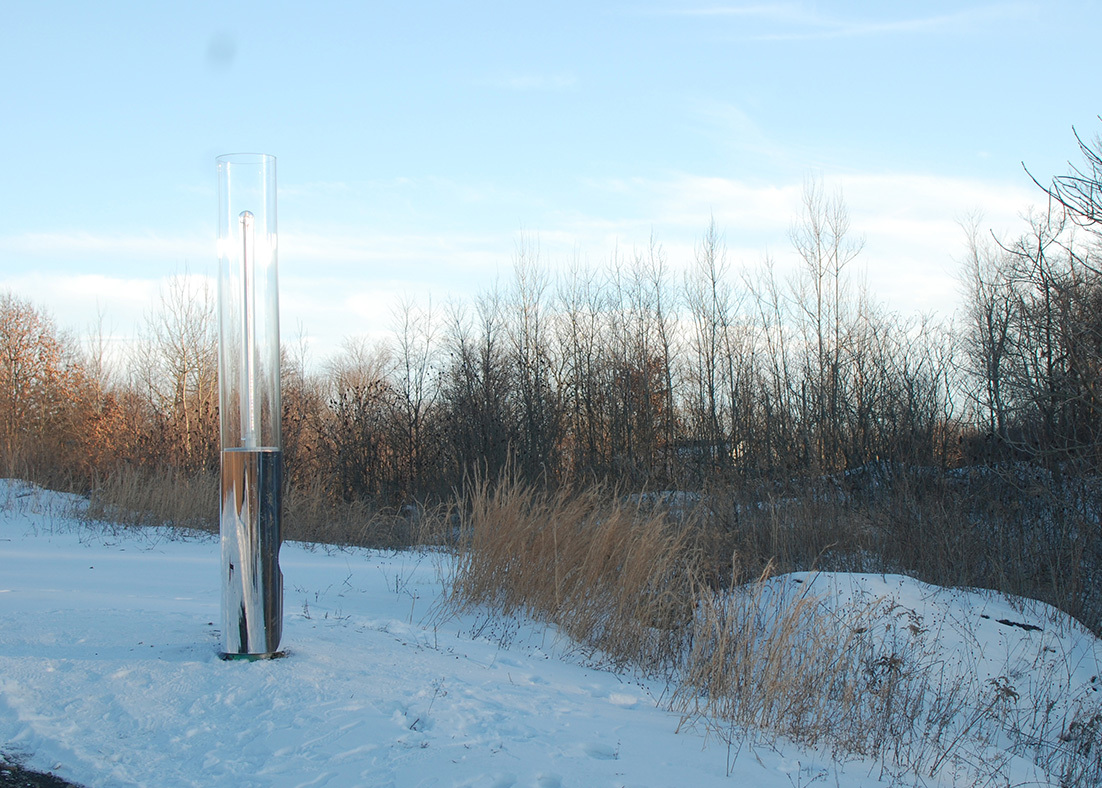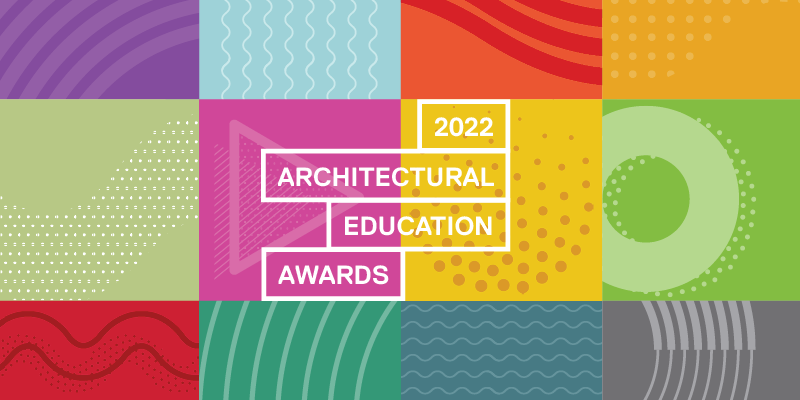University of Illinois at Urbana-Champaign
Epidemic Urbanism Panel on “Learning from the Pandemic: Leveraging Architectural Education Toward Equity, Health, and Resilience
A roundtable discussion sponsored by the Epidemic Urbanism Initiative
Friday, March 11, 2022, 12-1:30pm US Eastern Time, via Zoom
In this session, Deans of five Schools of Architecture across the United States will respond to a range of timely questions for architectural education provoked by the simultaneous epidemics of COVID-19, racism and racial inequity, and climate change, including:
- How has architecture pedagogy shifted in response to issues of access and equity in an online setting?
- How does the practice of architecture need to change to confront the many precarities and vulnerabilities in urban settings rendered visible by COVID?
- What role can and should schools of architecture play in this shift?
This session will by chaired by Lynne Dearborn, Professor, University of Illinois at Urbana-Champaign and Past President of ACSA.
Panelists include:
- Mary Anne Akers (Dean, School of Architecture and Planning, Morgan State University, Baltimore, MD)
- Renee Y. Chow (Dean, College of Environmental Design, University of California, Berkeley)
- Nan Ellin (Dean, College of Architecture and Planning, University of Colorado, Denver)
- Harriet Harriss (Dean, Pratt Institute, New York, NY)
- Robert Weddle (Dean, Hammons School of Architecture, Drury University, Missouri)
This session will be hosted via Zoom (register below) and livestreamed via the Epidemic Urbanism YouTube channel. A recording of the event will also be available via YouTube.
Here is the registration link.
Pennsylvania State University
Architect, Urban Designer, Artist, Scholar to Visit Stuckeman School
UNIVERSITY PARK, Pa. — Marshall Brown, an architect, urban designer and artist who is both the principal of Marshall Brown Projects, Inc., and an associate professor at the Princeton University School of Architecture, will present a Kossman Lecture as a guest of the Department of Architecture at 6 p.m. on Feb. 23 in the Stuckeman Family Building Jury Space.
The event, which is part of the Stuckeman School’s Lecture and Exhibit Series, is free and open to the public, and will also be live-streamed by WPSU.
In “Recurrent Visions,” Brown will present cross-disciplinary explorations that leverage the possibilities of scale, media and time in a survey of three seminal projects for New York, Chicago and Detroit.
At Princeton, Brown directs the Princeton Urban Imagination Center, which initiates projects that “reimagine cities.” Prior to his appointment at Princeton, he was an associate professor at the Illinois Institute of Technology where he directed the Driverless City Project.
Brown has been awarded a Graham Foundation grant, a MacDowell Fellowship and has represented the United States at the Venice Architecture Biennale. His work is in the collections of the Art Institute of Chicago, San Francisco Museum of Modern Art, Museum of Contemporary Photography and Crystal Bridges Museum of American Art.
Brown’s first book “Recurrent Visions: The Architecture of Marshall Brown Projects” will be published in May 2022 by Princeton Architectural Press, and his second book, “Marshall Brown, The Architecture of Collage,” will be published in October 2022 by Park Books in conjunction with a solo exhibition at the Santa Barbara Museum of Art.
He has lectured widely at institutions including the Cranbrook Academy of Art, University of Michigan, Northwestern University, Harvard University, University of Toronto, Frank Lloyd Wright School of Architecture and the Rhode Island School of Design. He has also served as a member of the Chicago mayor’s Cultural Advisory Council and as vice president of the Arts Club of Chicago.
Brown earned his bachelor’s degree from Washington University in St. Louis and master’s degrees in both architecture urban design from Harvard University where he also held the Druker Fellowship for urban design.
2022 ACSA Board Candidates and Results
2022 Election Results
The ACSA Board of Directors is pleased to announce the results of the 2022 ACSA Election:
Second Vice President: Cathi Ho Schar
At-Large Director: Marcelo López-Dinardi
At-Large Director: Shelby Doyle
They will be joined by Nicole Bass (City College of New York / AIAS) as the incoming ACSA Student Director.
Congratulations to all of the new board members.
Candidates and Online Voting
Below is information on the 2022 ACSA election, including candidate information. Official ballots were emailed to all full-member ACSA schools’ Faculty Councilors, who are the voting representatives. Faculty Councilors must complete the online ballot by close of business, February 10, 2022.
+ Download a single PDF of all candidates’ statements & short curriculum vitae
2022 ACSA SECOND VICE PRESIDENT CANDIDATES
The Second Vice President serves on the Board for a four-year term, beginning on July 1, 2022, with the first year served as Second Vice President, the second year served as First Vice President/President-Elect, the third year served as President, and the fourth year served as Past President. The links below include campaign statements written by each candidate and short curriculum vitae.
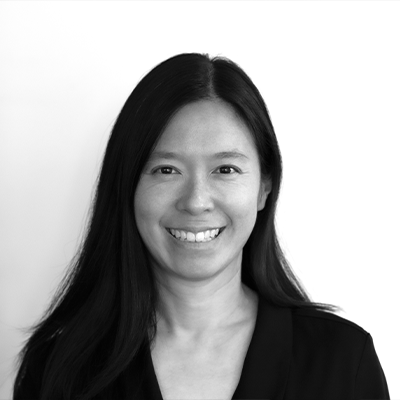 | 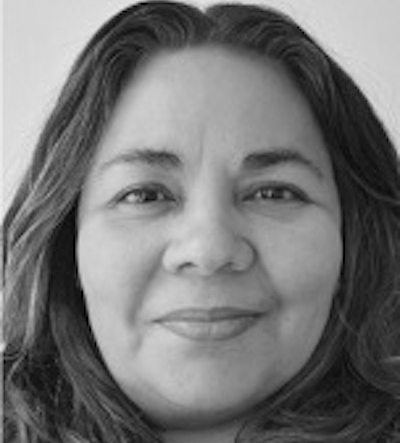 | |
| Cathi Ho Schar University of Hawaiʻi at Mānoa | Paola Sanguinetti Arizona State University | |
2022 AT-LARGE DIRECTOR POSITION CANDIDATES
The At-Large Directors serve for a three-year term, beginning on July 1, 2022. At-Large Directors serve as voting members of the Board. In addition, they have the following roles and responsibilities: (A) Liaison with Member Schools, including participating in organized business meetings; maintaining contact with Faculty Councilors and others associated with member schools; assisting member schools upon request; advising candidate or affiliated schools; and advising the Board of issues and concerns raised by members; (B) Contributing to the Work of the Board through actively serving on Board committees and contributing to collective deliberations; and (C) Performing other duties, as provided by the Rules of the Board of Directors or requested by the Board. The links below include campaign statements written by each candidate and short curriculum vitae.
2022 AT-LARGE DIRECTOR POSITION CANDIDATES – POSITION 1
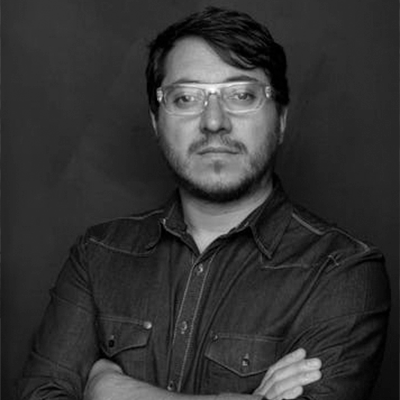 | 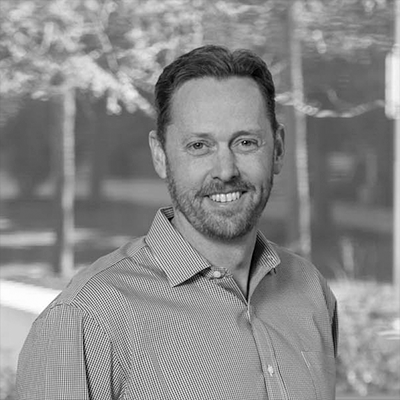 | |
| Marcelo López-Dinardi Texas A&M University | Mark Pearson College of DuPage | |
2022 AT-LARGE DIRECTOR POSITION CANDIDATES – POSITION 2
 | 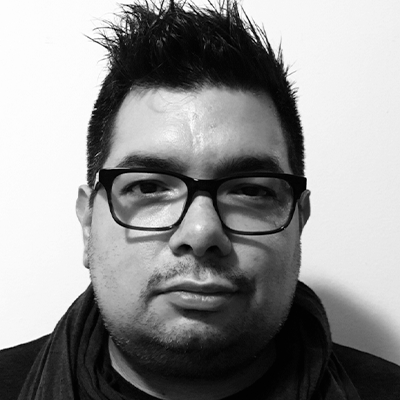 | |
| Shelby Doyle Iowa State University | Gabriel Fuentes Kean University | |
ACSA Election Process
ACSA Bylaws, Article VIII. Nominations, Elections, and Recall, Section 3: Election Process: “Elections shall be held in accordance with the Rules of the Board of Directors. Faculty Councilors of member schools shall be responsible for encouraging colleagues to express their views regarding candidates for Association elections, and shall submit the vote of the member school they represent on behalf of all members of the faculty. The Association shall announce the results of elections and appointments as soon as feasible, consistent with the Rules of the Board of Directors.”
The Faculty Councilor from each ACSA full-member school is the voting representative. Faculty Councilors must complete the online ballot by close of business, February 10, 2022.
+ Download a single PDF of all candidates’ statements & short curriculum vitae
Timeline
January 12, 2022 Ballots emailed to all full-member schools, Faculty Councilors*
February 10, 2022 Deadline for receipt of completed online ballots
March 2022 Winners introduced at ACSA Annual Business Meeting
* The Faculty Councilor from each ACSA full-member school is the voting representative and must complete the online ballot by close of business, February 10, 2022.
Danielle Dent
Membership Director
202-785-2324
ddent@acsa-arch.org
Pennsylvania State University
Stuckeman School researchers receive funding from Autodesk
UNIVERSITY PARK, Pa. — Benay Gürsoy, assistant professor of architecture in the Stuckeman School, and Özgüç Bertuğ Çapunaman, an architecture doctoral student that she supervises, were awarded two grants totaling $50,000 from Autodesk, Inc. for proof-of-concept of their “See-Sense-Respond” research project, which focuses on adaptive robotic fabrication.
Gürsoy and Çapunaman’s collaboration with Autodesk began with an initial connection through Kreysler and Associates, a California-based company that focuses on the production of fiber-reinforced polymer architectural panels.
According to Gürsoy, who had previously visited Kreysler and Associates’ production centers in 2018, “There was a desire – and a need – to automate the fabrication of large-scale architectural panels with double curvature.”
When Çapunaman started his doctoral studies at Penn State in Fall 2019, Gürsoy got in touch with Bill Kreysler, the director of the company, to initiate a collaboration for Çapunaman’s doctoral research.
“Bill Kreysler put us in touch with the former director of Autodesk’s robotics division, Erin Bradner. Özgüç and I made a presentation to Bradner about the ‘See-Sense-Respond’ project in March 2021,” said Gürsoy.
Following the presentation, Autodesk donated $25,000 to Gürsoy’s Form and Matter (ForMat) Lab within the Stuckeman Center for Design Computing to support research efforts on adaptive fabrication.
In July 2021, a second presentation was given to the new director of the Autodesk robotics division, Sachin Chitta. Following that meeting, another $25,000 was contributed to Gürsoy’s lab.
Çapunaman also had an opportunity to visit Kreysler and Associates’ facilities in July 2021.
“During my visit, I gathered insights into the current tooling processes,” he said. “I will visit their facilities again to test and gather data for future development stages.”
Çapunaman holds a master’s degree from Carnegie Mellon University in computational design, and he is now leading the research efforts on adaptive robotic fabrication within the ForMat Lab.
“Özgüç’s ultimate goal in his doctoral studies is to develop a ‘co-creative’ robotic fabrication framework,” explained Gürsoy. “Acknowledging that the ‘co-creative’ fabrication scenario first necessitates making the robots see, sense and respond to the physical environment in real-time, the research is devised in three sub-stages, each building on the previous with added technical complexity.”
According to Çapunaman, the research they are doing on adaptive robotic fabrication will help further research for other fabrication projects.
“We believe that such a framework can be easily adapted to different architectural robotic fabrication workflows and potentially integrated into larger robots for large-scale applications, including the on-going research efforts in our lab on 3D printing mycelium-based composites and various other research efforts in our department, including in-situ additive manufacturing of concrete structures,” he said.
Pennsylvania State University
Stuckeman School to virtually host designer, urbanist, spatial justice activist
UNIVERSITY PARK, Pa. — Designer, urbanist and spatial justice activist Liz Ogbu will join the Stuckeman School at Penn State virtually at 6 p.m. on Feb. 9 to discuss the landscape of injustice and oppression that designers wrestle with today — particularly in the aftermath of the George Floyd and Breonna Taylor murders and a still-raging COVID-19 pandemic — and what it could mean for designers to negotiate issues of race and space in service of repair and healing in communities.
Co-hosted by the Department of Architecture, “Design/ing in the Apocalypse” will be livestreamed by WPSU at watch.psu.edu/stuckemanseries as part of the school’s Lecture and Exhibit Series.
Ogbu focuses her work on sustainable design and spatial innovation in challenged urban environments around the world. From designing shelters for immigrant day laborers in the United States to leading a design workshop at the Clinton Global Initiative Annual Meeting in 2012, she has a long history of engagement in the design for social impact movement.
Ogbu founded Studio O in 2012 as a multidisciplinary design studio that focuses on working with, and in, communities with vulnerable populations to create high impact models that can yield deep and sustained social benefits.
She has written for and been profiled in publications such as The New York Times, The Atlantic’s CityLab and the Journal of Urban Design. Her honors include IDEO.org Global Fellow, TEDWomen Speaker, Aspen Ideas Scholar, Design Futures Council Senior Fellow and one of Public Interest Design’s Top 100.
Ogbu is a lecturer in the College of Environmental Design at the University of California, Berkeley, and has held teaching positions at the Hasso Plattner Institute of Design at Stanford University and the University of Virginia School of Architecture. She also previously served as the Droga Architect-in-Residence in Australia, investigating urban marginalized populations and community development practices in the country.
Ogbu holds a bachelor’s degree in architecture and art from Wellesley College and a master of architecture from the Harvard University Graduate School of Design.
Pennsylvania State University
New Exhibition to Examine the Impact of Extraction Economies on Climate Change
UNIVERSITY PARK, Pa. — A new exhibition examining the long-term spatial and ecological consequences of extraction economies and their impact on climate change will run Jan. 31 through March 4 in the Penn State Stuckeman School’s Rouse Gallery as part of the school’s Lecture and Exhibit Series.
“Sentinel Lands: The Geospace of Mine Fires” delves into the activities that caused the Buck Mountain anthracite vein under the town of Centralia in Columbia County, Pennsylvania to catch fire in 1962. Pep Avilés, one of the exhibition curators and an assistant professor of architecture, reminds that early attempts to extinguish the fire were botched by a host of political and technical miscalculations. As a result of those missteps, the former anthracite mine continues to burn to this day, nearly 60 years later.
“The state of Pennsylvania claimed Centralia under eminent domain in 1992, and most of the inhabitants were relocated using state and federal funds,” said Avilés, “Today, only three houses, a municipal building and three cemeteries remain.”
The show argues that Centralia should not be described as a near-ghost town, despite the frequent use of that term, but as a sentinel land, a reminder of the spatial consequences of our country’s economic model.
The exhibition builds on an interdisciplinary research project that was led by several Stuckeman School faculty members and 2018 architecture alumna Miranda Esposito. A previous version of the project, titled “Scorched Earth,” was featured in the 2019 Oslo Architecture Triennale.
Exhibition co-curator Cynthia White, adjunct research associate in the College of Arts and Architecture’s (ADRI) and a member of the Penn State Microbiome Center, explains that coal mine fires have always been a constant in human history but the number and impact of them has increased significantly, releasing more harmful levels of methane, carbon monoxide, carbon dioxide, sulfur and toxic particles into the atmosphere.
“Together, these contaminants contribute to climate change and increase the amount of atmospheric pollution affecting the planet,” White said.
Co-curator Laia Celma, assistant professor of architecture, explained that the exhibition concentrates on the cylinder as a formal metaphor for the relationship that our culture of extraction has established with nature.
“The series of objects, images, models, experiments and historical documents selected for the show address the environmental, cultural and social consequences of past and present modes of industrial extraction and present a series of critical spaces emerging at the intersection of geohistory, geobiology and biopolitics,” said Celma.
Celma and Avilés were assisted in the design of the “Sentinel Lands” exhibition by architecture students Audrey Buck, Brad Feitl, Xi Jin and Daniel Lopatka. Can Sucuoğlu, interim director of the Spatial Analysis and Visualization Initiative at Pratt Institute, provided digital and technical knowledge for the exhibition.
The exhibition, which is free and open to the public, will be open Monday through Friday from 8 a.m. to 5 p.m. in Rouse Gallery, located at the Stuckeman Family Building.

 Study Architecture
Study Architecture  ProPEL
ProPEL 